Search Images
Browse Content (p. 126)
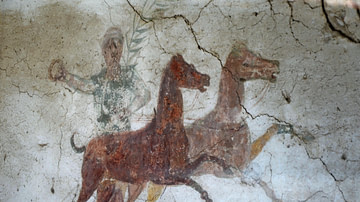
Image
Fresco of a Charioteer from the Green Faction
A fresco of a charioteer from the green faction holding a crown and a palm branch, the symbols of victory, from the Antonine period (mid-2nd century CE).
Caseggiato degli Aurighi (Building of the Charioteers) in Ostia Antica.
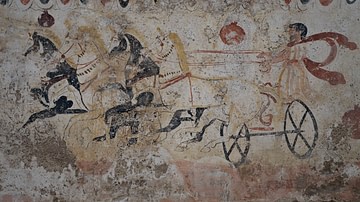
Image
Lucanian Fresco of a Chariot Race
Fresco from a Lucanian tomb depicting a chariot race. From the Necropolis of Gaudo, 340-330 BCE.
Paestum Archaeological Museum, Italy.
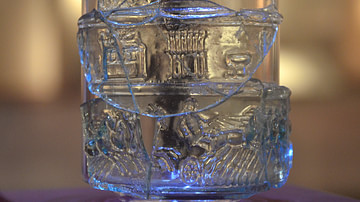
Image
Beaker with Circus Scene
Fragmented mould-blown beaker with a circus scene and the inscription 'vade Pyramus' (meaning 'go Pyramus!'), a renowned charioteer from Pompeii. It also shows the spina (central barrier) of the Circus Maximus in the middle band. Below the...
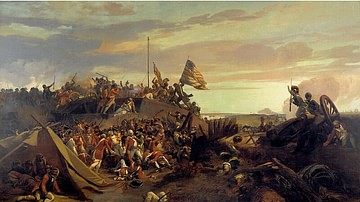
Image
Storming of Redoubt 10 During the Siege of Yorktown
The Americans storm the British position at redoubt 10 during the Siege of Yorktown (28 September to 19 October 1781). By Eugène Lami, 1840.
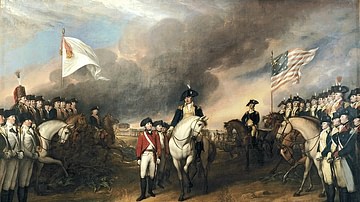
Image
Surrender of Lord Cornwallis
British General Charles O'Hara (Cornwallis' second-in-command) surrenders to General Benjamin Lincoln after the Siege of Yorktown (28 September to 19 October 1781); George Washington is depicted beneath the American flag. Oil on canvas painting...
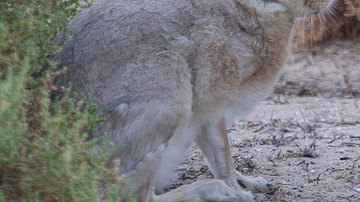
Image
North American Jackrabbit
North American jackrabbit (hare) – lepus capensis – photographed by Shah Jahan. This would be the sort of jackrabbit featured in the Cheyenne story The Woodpecker's Mother-in-Law where the girl complains to the rabbit that "your eyes are...
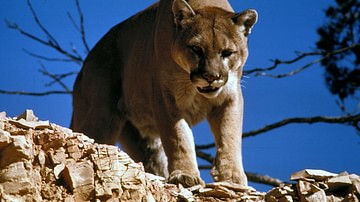
Image
North American Mountain Lion
North American Mountain Lion (cougar) - puma concolor couguar - photographed by the National Park Service in Glacier National Park, Montana, USA.
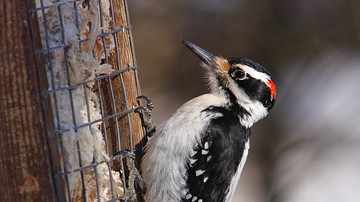
Image
North American Hairy Woodpecker
The North American hairy woodpecker - Picoides villosus - photo taken by Cephas in Cap Tourmente National Wildlife Area, Quebec, Canada, 2012.
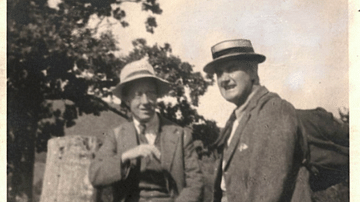
Image
Holst & Vaughan Williams
A 1921 photograph of the British composers Gustav Holst (1874-1934) and Ralph Vaughan Williams (1872-1958). Taken by William Gillies Whittaker.
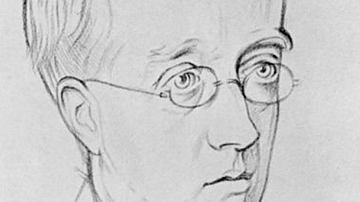
Image
Gustav Holst by Rothenstein
A 1920 portrait of the British composer Gustav Holst (1874-1934) by William Rothenstein.
Taken from, Music & Letters (Oxford University Press) Vol. 1, No. 3 (July, 1920), pp. 181-190.